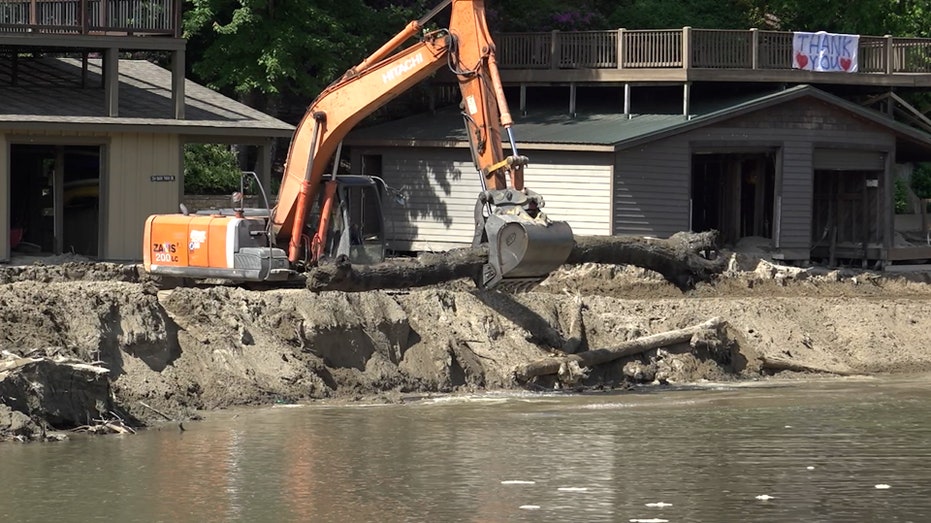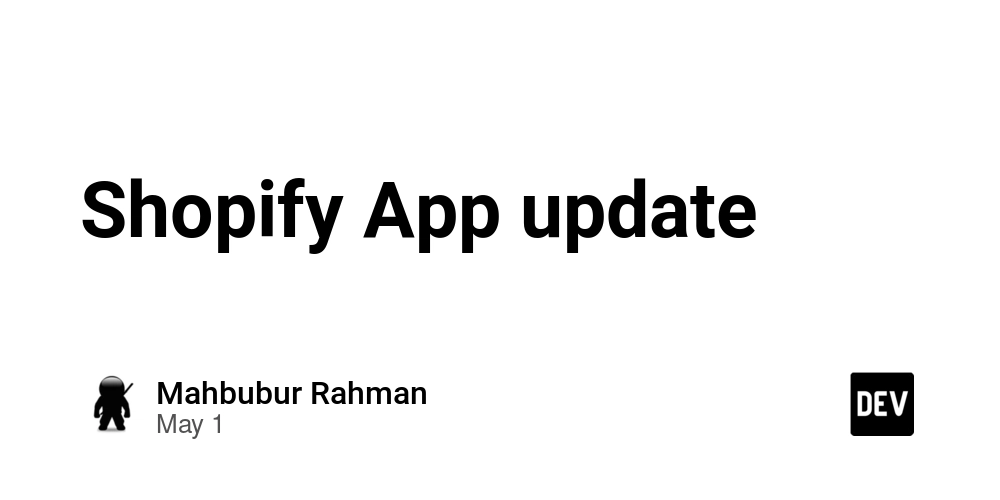How to create and configure Azure Firewall
Azure Firewall is a cloud-native, intelligent network security service designed to protect your Azure Virtual Network resources. It offers comprehensive threat protection for your cloud workloads, with features such as built-in high availability, unrestricted cloud scalability, and full stateful inspection of both east-west and north-south traffic. Scenario Your organization requires centralized network security for the application virtual network. As the application usage increases, more granular application-level filtering and advanced threat protection will be needed. Also, it is expected the application will need continuous updates from Azure DevOps pipelines. You identify these requirements. .Azure Firewall is required for additional security in the app-vnet. .A firewall policy should be configured to help manage access to the application. .A firewall policy application rule is required.This rule will allow the application access to Azure DevOps so the application code can be updated. .A firewall policy network rule is required. This rule will allow DNS resolution. This rule Skilling tasks Create an Azure Firewall. Create and configure a firewall policy Create an application rule collection. Create a network rule collection. Architecture diagram Create Azure Firewall subnet in our existing virtual network Steps 1.In the search box at the top of the portal, enter Virtual networks. Select Virtual networks in the search results. 2.Select app-vnet. 3.Select Subnets 4.Select + Subnet. 5.Enter the following information and select Save. Property Value Name = AzureFirewallSubnet Address range = 10.1.63.0/26 Note: Leave all other settings as default. Create an Azure Firewall Steps 1.In the search box at the top of the portal, enter Firewall. Select Firewall in the search results. 2.Select + Create. 3.Create a firewall by using the values in the following table. For any property that is not specified, use the default value. Property Value Resource group = RG1 Name = app-vnet-firewall Firewall SKU = Standard Firewall management = Use a Firewall Policy to manage this firewall Firewall policy = select Add new Policy name = fw-policy Region = East US Policy Tier = Standard Choose a virtual network = Use existing Virtual network = app-vnet (RG1) Public IP address =. Add new: fwpip 4.Select Review + create and then select Create. Complete deployment Note:Azure Firewall can take a few minutes to deploy. Update the Firewall Policy Steps 1.In the portal, search for and select Firewall Policies. 2.Select fw-policy. Add an application rule Steps 1.In the Settings blade, select Application rules and then Add a rule collection. 2.Configure the application rule collection and then select Add. Property Value Name = app-vnet-fw-rule-collection Rule collection type = Application Priority = 200 Rule collection action = Allow Rule collection group = DefaultApplicationRuleCollectionGroup Name = AllowAzurePipelines Source type = IP address Source = 10.1.0.0/23 Protocol = https Destination type = FQDN Destination = dev.azure.com, azure.microsoft.com **Note: **The AllowAzurePipelines rule allows the web application to access Azure Pipelines. The rule allows the web application to access the Azure DevOps service and the Azure website. Add a network rule Steps 1.In the Settings blade, select Network rules and then Add a network collection. 2.Configure the network rule and then select Add. Property Value Name = app-vnet-fw-nrc-dns Rule collection type = Network Priority = 200 Rule collection action = Allow Rule collection group = DefaultNetworkRuleCollectionGroup Rule = AllowDns Source = 10.1.0.0/23 Protocol = UDP Destination ports = 53 Destination addresses = 1.1.1.1, 1.0.0.1 To Verify the firewall and firewall policy status 1.In the portal search for and select Firewall. 2.View the app-vnet-firewall and ensure the Provisioning state is Succeeded. This may take a few minutes 3.In the portal ,search for and select Firewall policies. 4.View the fw-policy and ensure the Provisioning state is Succeeded. This may take a few minutes.

Azure Firewall is a cloud-native, intelligent network security service designed to protect your Azure Virtual Network resources. It offers comprehensive threat protection for your cloud workloads, with features such as built-in high availability, unrestricted cloud scalability, and full stateful inspection of both east-west and north-south traffic.
Scenario
Your organization requires centralized network security for the application virtual network. As the application usage increases, more granular application-level filtering and advanced threat protection will be needed. Also, it is expected the application will need continuous updates from Azure DevOps pipelines.
You identify these requirements.
.Azure Firewall is required for additional security in the app-vnet.
.A firewall policy should be configured to help manage access to the application.
.A firewall policy application rule is required.This rule will allow the application access to Azure DevOps so the application code can be updated.
.A firewall policy network rule is required. This rule will allow DNS resolution.
This rule Skilling tasks
Create an Azure Firewall.
Create and configure a firewall policy
Create an application rule collection.
Create a network rule collection.
Create Azure Firewall subnet in our existing virtual network
Steps
1.In the search box at the top of the portal, enter Virtual networks. Select Virtual networks in the search results.

5.Enter the following information and select Save.
Property Value
Name = AzureFirewallSubnet
Address range = 10.1.63.0/26
Note: Leave all other settings as default.

Create an Azure Firewall
Steps
1.In the search box at the top of the portal, enter Firewall. Select Firewall in the search results.

3.Create a firewall by using the values in the following table. For any property that is not specified, use the default value.
Property Value
Resource group = RG1
Name = app-vnet-firewall
Firewall SKU = Standard
Firewall management = Use a Firewall Policy to manage this firewall
Firewall policy = select Add new
Policy name = fw-policy
Region = East US
Policy Tier = Standard
Choose a virtual network = Use existing
Virtual network = app-vnet (RG1)
Public IP address =. Add new: fwpip
4.Select Review + create and then select Create.

Complete deployment

Note:Azure Firewall can take a few minutes to deploy.
Update the Firewall Policy
Steps
1.In the portal, search for and select Firewall Policies.

Add an application rule
Steps
1.In the Settings blade, select Application rules and then Add a rule collection.

2.Configure the application rule collection and then select Add.
Property Value
Name = app-vnet-fw-rule-collection
Rule collection type = Application
Priority = 200
Rule collection action = Allow
Rule collection group = DefaultApplicationRuleCollectionGroup
Name = AllowAzurePipelines
Source type = IP address
Source = 10.1.0.0/23
Protocol = https
Destination type = FQDN
Destination = dev.azure.com, azure.microsoft.com
**Note: **The AllowAzurePipelines rule allows the web application to access Azure Pipelines. The rule allows the web application to access the Azure DevOps service and the Azure website.
Add a network rule
Steps
1.In the Settings blade, select Network rules and then Add a network collection.

2.Configure the network rule and then select Add.
Property Value
Name = app-vnet-fw-nrc-dns
Rule collection type = Network
Priority = 200
Rule collection action = Allow
Rule collection group = DefaultNetworkRuleCollectionGroup
Rule = AllowDns
Source = 10.1.0.0/23
Protocol = UDP
Destination ports = 53
Destination addresses = 1.1.1.1, 1.0.0.1
To Verify the firewall and firewall policy status
1.In the portal search for and select Firewall.

2.View the app-vnet-firewall and ensure the Provisioning state is Succeeded. This may take a few minutes

3.In the portal ,search for and select Firewall policies.

4.View the fw-policy and ensure the Provisioning state is Succeeded. This may take a few minutes.























































































